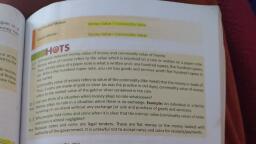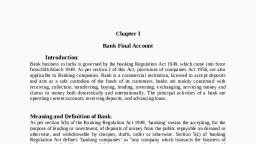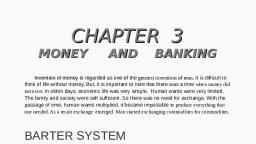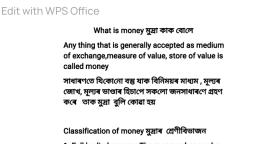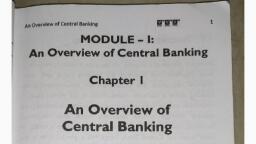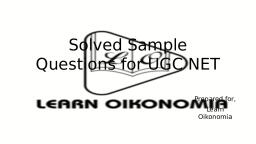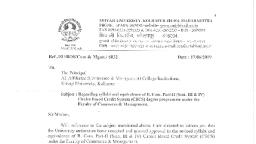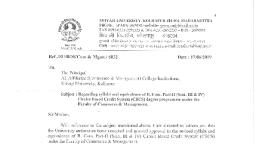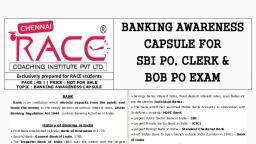Money and Banking Notes

7 Likes

3182 Views

Copied to clipboard

0 Likes

11 Views

Copied to clipboard

0 Likes

6 Views

Copied to clipboard
Bank Final Account
b-com
Advancedaccountingi

0 Likes

173 Views

Copied to clipboard
Bank Final Account
b-com
Advancedaccountancyi

0 Likes

76 Views

Copied to clipboard
Chapter 9 Money and Banking

0 Likes

282 Views

Copied to clipboard

0 Likes

18 Views

Copied to clipboard
Chapter 3 - Macro economics.

0 Likes

1 Views

Copied to clipboard
Chapter 3 - Macro economics.

0 Likes

9 Views

Copied to clipboard

0 Likes

25 Views

Copied to clipboard

0 Likes

24 Views

Copied to clipboard

0 Likes

4 Views

Copied to clipboard
1. An Overview Of Central Banking

1 Likes

220 Views

Copied to clipboard
Questions
netjrfeconomicsfree
Economics

0 Likes

43 Views

Copied to clipboard
Banking-and-monetary-policy (3)

0 Likes

0 Views

Copied to clipboard
B. Com. CBCS Part II 2019

0 Likes

66 Views

Copied to clipboard
B. Com. CBCS Part II 2019

0 Likes

72 Views

Copied to clipboard
B. Com. CBCS Part II 2019 (1).PDF
b-com
Corporateaccounting

0 Likes

208 Views

Copied to clipboard
BANKING-AWARENESS-CAPSULE

0 Likes

16 Views

Copied to clipboard
Voc-new banking syllabus-FINAL

0 Likes

33 Views

Copied to clipboard
Money and Banking Notes
Money and banking are extremely important concepts in Economics for students. Currency or money is a medium of exchange that a government or central bank has specified as the unit of value for money. The problem with traditional currency is that it can devalue over time, causing inflation. Digital currencies like bitcoin offer an alternative currency option because the value of each bitcoin is fixed. This means that even if there was an increase in the population, there would be little to no inflation. Money is a tool we use to facilitate trade. This includes the exchange of goods, services, and other valuables. Paper currency may be just one form of this commodity, but it is one that has been with us for a long time. Money is only valuable when it can be exchanged for something of value. Though a paper note looks like it has value, if you can't exchange it for something then it is worthless. Banknotes represent the credit of the country and are secured by government securities that are held by the central banks. The central bank loans money to commercial banks in return for interest payments and this is why we put our trust in banknotes; they have a fixed value that we can rely on. When you have a bank account, banks give you physical money or bank notes called cash. These notes represent the value of your account and can be used to make purchases. To keep track of who has paid for the items, vendors need to write down numerous information about each purchase on their registers. This includes the date, time, amount, location, and person who made the purchase. Advanced concepts like the nature of money, the functioning of banks, etc. are impossible to understand without having a thorough knowledge of Economics. Students keep looking for reliable and well-explained study material to prepare for their board exams. From basic to advanced questions, detailed pdfs, elaborated diagrams, and well-designed notes, explore a wide and exclusive collection of money and banking class 12 notes and study material created by the top educators here. The repository is sure to help you to stay ahead in the game. Money and banking notes come under the Macro section of Economics studies. Money and banking notes include modules like Functions of Money, Types of money, Income, Expenditure, Budgeting, Liabilities, Assets, Net Worth, etc. Objectives of these Money and Banking notes are - Knowing the meaning and limitations of the barter system, defining money, understanding the need for money, explaining the functions of money, understanding the meaning and importance of banking, the banking sector, and different banking systems, etc.




